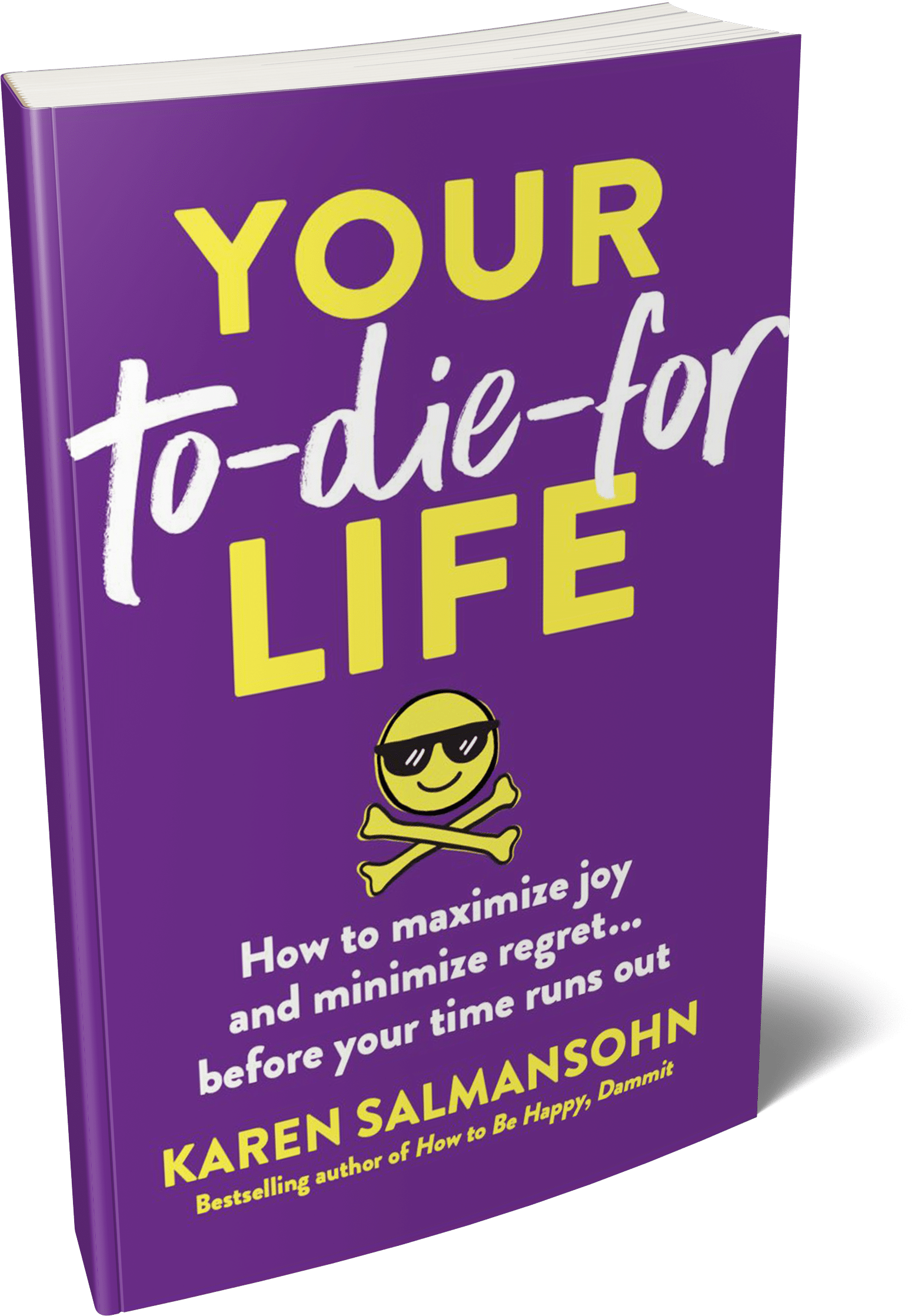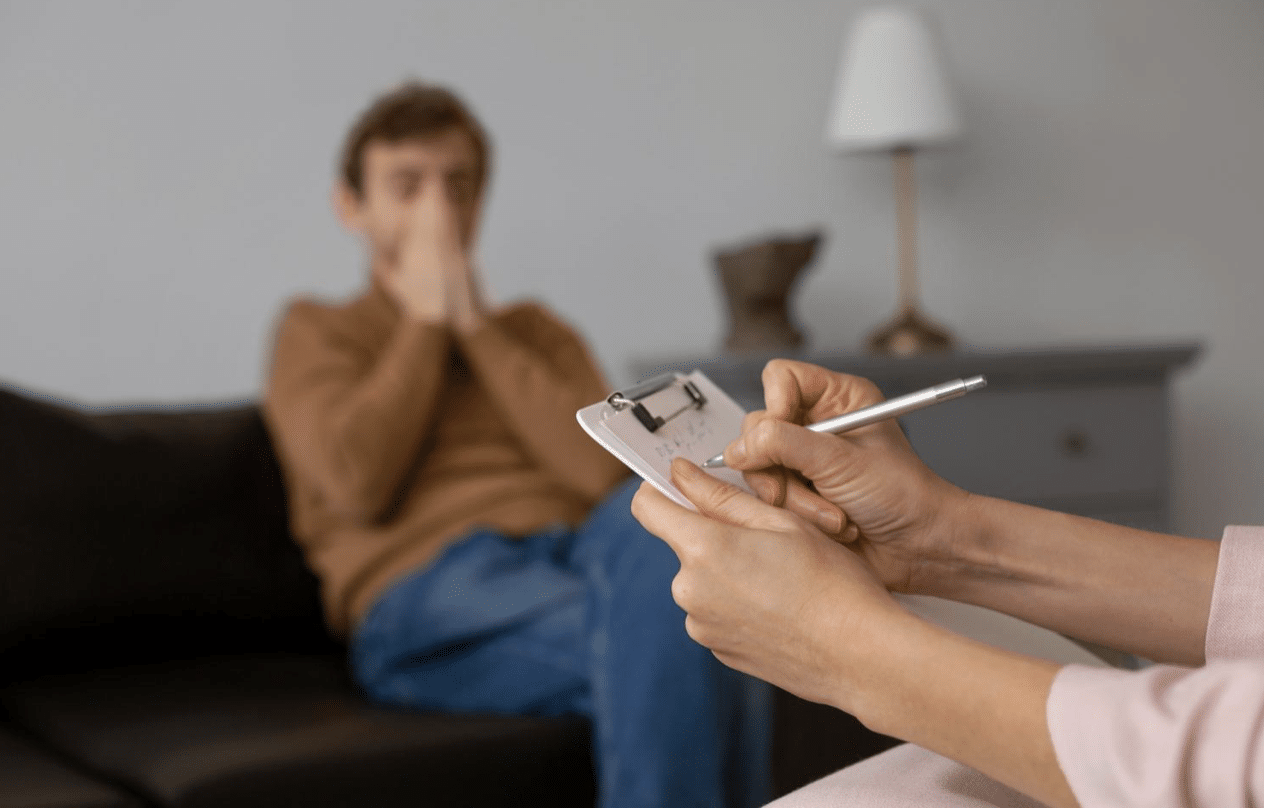
Get A Sneak Peek at my book “Your To-Die-For Life”!
Get a FREE sneak peek! Learn how to use Mortality Awareness as a wake up call to live more boldly.
 Choosing inpatient treatment means temporarily stepping away from everything familiar to focus entirely on healing. Rehab becomes your temporary address, complete living situation, and full-time commitment for weeks or months. The trade-off, giving up your usual routine for intensive care, often determines whether recovery sticks or becomes another failed attempt.
Choosing inpatient treatment means temporarily stepping away from everything familiar to focus entirely on healing. Rehab becomes your temporary address, complete living situation, and full-time commitment for weeks or months. The trade-off, giving up your usual routine for intensive care, often determines whether recovery sticks or becomes another failed attempt.
Three people died from alcohol withdrawal in my city last month. All three were trying to detox at home. Withdrawal from certain substances can kill you, not metaphorically, but literally. Your heart can stop. Your brain can seize. Your blood pressure can spike to stroke levels.
Inpatient facilities keep doctors and nurses on staff 24/7 because medical emergencies don’t follow business hours. They stock medications that counteract dangerous withdrawal symptoms and have equipment to handle cardiac events, respiratory depression, and neurological complications. When your body rebels against sobriety, trained professionals intervene before rebellion becomes fatal.
Walk through your house right now. How many rooms trigger thoughts about using? The kitchen where you kept your stash? The bathroom where you hid pills? The garage where you smoked?
Inpatient treatment removes you from this trigger-filled environment entirely. No dealers calling. No substances hiding in closets. No familiar routines that automatically lead to using. Your family member who always covers for you isn’t there to make excuses. Your friend who enables your drinking isn’t around to minimize problems.

Outpatient therapy gives you one hour per week to address a lifetime of problems. Inpatient therapy gives you 40+ hours per week to dig deep, process trauma, and develop coping skills.
Daily schedule looks like this:
Group therapy in residential settings creates unique dynamics. You’re living with the people in your therapy groups. They see you at 6 AM when you’re irritable, at lunch when you’re sad, and at bedtime when you’re anxious. This constant interaction provides real-time feedback and support that weekly outpatient groups can’t match.
Sarah met her accountability partner during inpatient treatment five years ago. They still text each other every morning and attend weekly AA meetings together. Marcus found his sponsor among his residential roommates.
Living alongside other people fighting identical battles creates bonds that outsiders can’t understand. Your roommate knows exactly how you feel at 3 AM when cravings hit. Your group therapy members face identical struggles with family relationships, work stress, and emotional triggers.
Inpatient programs typically include alumni networks that provide ongoing connection after discharge. Former patients become mentors, social contacts, and crisis support during difficult moments in recovery.
Addiction rarely travels alone. Depression, anxiety, trauma, and bipolar disorder frequently accompany substance use disorders. Trying to treat addiction while ignoring underlying psychiatric conditions usually fails.
Inpatient facilities employ psychiatrists, psychologists, social workers, and addiction counsellors who collaborate on integrated treatment plans. Your depression gets addressed while you’re learning sobriety skills. Your trauma gets processed while your body detoxes. Your family relationships get repaired while you’re developing coping strategies.
This coordinated approach prevents the ping-pong effect where treating one condition worsens another. Instead of seeing multiple providers who don’t communicate, you get unified care from teams who meet regularly to discuss your progress.
Research consistently shows higher success rates for inpatient treatment:
These statistics reflect reality: more intensive intervention produces better outcomes. People who live in treatment facilities for 30-90 days create stronger foundations for lasting change than those who attend therapy sessions between work, family obligations, and daily triggers.
Completion rates matter because finishing treatment significantly improves long-term recovery prospects. Residential programs have higher completion rates because external pressures don’t interfere with treatment participation.

Inpatient treatment costs $15,000-$30,000 for 30 days. Addiction costs more.
Consider John’s expenses during his final year of active drinking: $8,000 in alcohol purchases, $12,000 in DUI legal fees, $15,000 in lost wages from missed work, $5,000 in emergency room visits, and $3,000 in property damage. Total: $43,000 in one year.
Emergency room visits for overdoses and withdrawal complications often cost $20,000-$50,000 per visit. People in active addiction frequently require multiple hospitalizations annually. Successful treatment eliminates these ongoing medical expenses while improving overall health outcomes.
Employment stability returns after treatment completion. Career advancement becomes possible when performance improves and attendance becomes reliable. Many people earn promotions within months of completing residential programs.
Treatment transforms entire life trajectories, not just drinking or drug use patterns. People rediscover interests that addiction buried, rebuild relationships that seemed permanently damaged, and pursue goals they abandoned years earlier.
Michael entered treatment to stop drinking but discovered his passion for photography during recreational therapy. He now runs a successful wedding photography business. Lisa wanted to quit cocaine but found her calling in peer counselling during group therapy sessions.
These transformations happen because residential treatment provides time, space, and support for personal exploration that daily life doesn’t allow. When survival mode ends, creativity and ambition often resurface.
Inpatient treatment requires significant commitment—time away from work, separation from family, and financial investment. These short-term sacrifices produce long-term gains that compound over years.
Most insurance plans cover residential addiction treatment, though coverage varies by provider and policy. Many facilities offer payment plans, sliding scale fees, and financial assistance programs.
Call treatment centers directly to discuss program options and admission requirements. Many offer virtual tours and phone consultations to help you understand expectations. Some provide same-day admission for people ready to start immediately.
Addiction progresses while you research and deliberate. Each day spent considering treatment is another day substances damage your body, relationships, and future prospects. The disruption to your current life seems enormous until you compare it to the destruction continued addiction guarantees.
P.S. Before you zip off to your next Internet pit stop, check out these 2 game changers below - that could dramatically upscale your life.
1. Check Out My Book On Enjoying A Well-Lived Life: It’s called "Your To Die For Life: How to Maximize Joy and Minimize Regret Before Your Time Runs Out." Think of it as your life’s manual to cranking up the volume on joy, meaning, and connection. Learn more here.
2. Life Review Therapy - What if you could get a clear picture of where you are versus where you want to be, and find out exactly why you’re not there yet? That’s what Life Review Therapy is all about.. If you’re serious about transforming your life, let’s talk. Learn more HERE.
Think about subscribing for free weekly tools here.
No SPAM, ever! Read the Privacy Policy for more information.